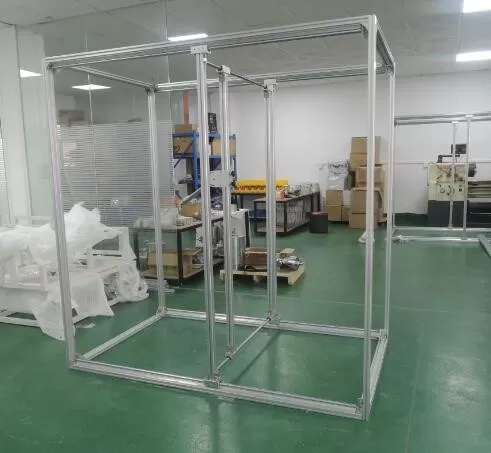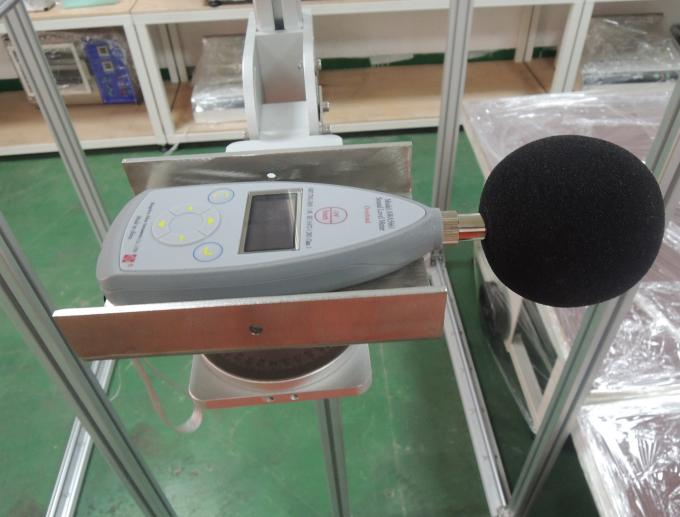- Product Catagory
- Tensile Strength Testing Machine
- Cables Flammability Testing Equipment
- Building Materials Flammability Testing Equipment
- Luggage Test Machine
- Textile Testing Equipment
- Color Fastness Instruments
- Textile Physical Test Instruments
- Lab Dyeing Instruments
- Flammability Test Chamber for Textile
- Consumables for Textile Testing
- Toys Safety Testing Equipment
- Physical & Mechanical Testing
- Flammability Testing
- Clamps for Toy Testing
- EN71-8,ISO8124-4
- Furniture Testing Machine
- Chair Testing Machine
- Mattress Testing Machine
- Furniture Testing Equipment
- Tables Test Machines
- Enviromental Chamber
- Leather and Footwear Testing Instruments
- Mobile Phone Testing Equipment
- Contact us
- Tel:86-769-23830463,86-13751491529
- Fax:86-769-38818154
- Contact:Ivy Xie
 [email protected]
[email protected] - Msn
 [email protected]
[email protected] Whatsapp/Wechat +8613751491529
Whatsapp/Wechat +8613751491529- Skype
 skylineinstruments
skylineinstruments happy_go_lucky4477
happy_go_lucky4477
- Why use the EN71-1 standard?
- This standard specifies the requirements and methods for testing the mechanical and physical properties of toys. Its purpose is to minimize dangers that are not obvious to the user.It does not cover inherent hazards that are obvious to children or their responsible persons (such as instability of two-wheeled motorcycles, sharp needles in sewing boxes, etc.).Generally speaking, toys are designed and manufactured for children of a specific age. Their characteristics are related to the age and developmental stage of the child, and their use presupposes certain abilities.For toy suppliers, it provides a management tool to help with planning and a reference document to check current processes. It may also demonstrate compliance through self-declaration or other assessments.For consumers, the standard provides guidance on the processes to follow, confirmation of which test methods must be followed and what information they can expect from manufacturers and retailers.The entire series of EN71-1 standards consists of the following parts:
Part 1: Mechanical and physical properties [this standard]Part 2: FlammabilityPart 3: Migration of certain elementsPart 4: Experimental setup for chemistry and related activitiesPart 5: Chemical toys other than experimental sets (sets)Part 7: Finger painting, requirements and test methodsPart 8: Household Activity ToysPart 9: Organic compounds. RequirePart 10: Organic compounds. Sample preparation and extractionPart 11: Organic compounds. Analytical methodPart 12: N-nitrosamines and N-nitroso substancesPart 13: Smell Board Games, Makeup Bags and Taste GamesPart 14: Home TrampolineEN71-1 Toys Testing Equipment Noise Testing Stand is used to assist in measuring the volume decibel produced by sound toys in a predetermined distance, then minimize the possibility of hearing damage that might be caused by toys that are designed to produce sound.It meets the standard with EN-71-1 ISO 8124-1 ASTM F 963 16CFR 1500.


- [Close] [Print] Time:2022/7/20


